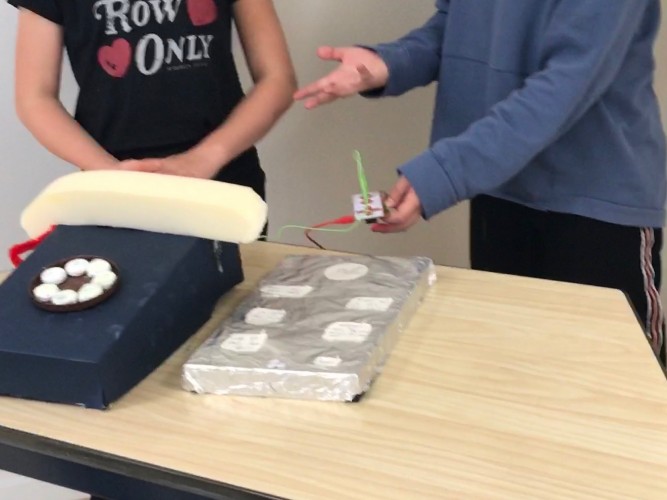Revealing design: Data physicalization for the 21st century
The aim of ‘Revealing design’ (Zichtbaar slimmer) is to uncover the potential of data physicalisation –making data tangible– as a way to support the 21st-century skills communicating, critical thinking and creativity. The first goal was to investigate the potential value of data physicalisation in education.
Invisible data in a computer-controlled society
We increasingly live in an invisible world of data. Societal and technological developments, such as the rise of mass-production and distribution of products, digital techniques, and small intelligent devices have contributed to a world that can be characterized by virtual products and invisible, complex data transactions in which data and its usage is increasingly invisible. With the advent of 'Big data' and computing intelligence, information is and can be increasingly produced, collected, analysed, shared and used. Additionally, with surveillance technology, everyday life can be routinely monitored. However, the underlying processes and implications of such pervasive data systems are not always clearly seen, communicated or discussed with the public and consumer.
Physicalisation in education
The growing collection of ‘big’ data and other technological means does not necessarily and directly lead to more knowledge, insights and skills. Still, new technological developments, such as digital fabrication in Fab lab-environments offer the possibility to make digital data more physical and so understandable. From the education perspective, there is a demand for knowledge and understanding for enabling students to embrace and shape these developments and increase 21st-century skills.
Project details and tools
For more information on the project, workshops run and tools, please go to this link.
Video showing data physicalization at the St Jan school.
